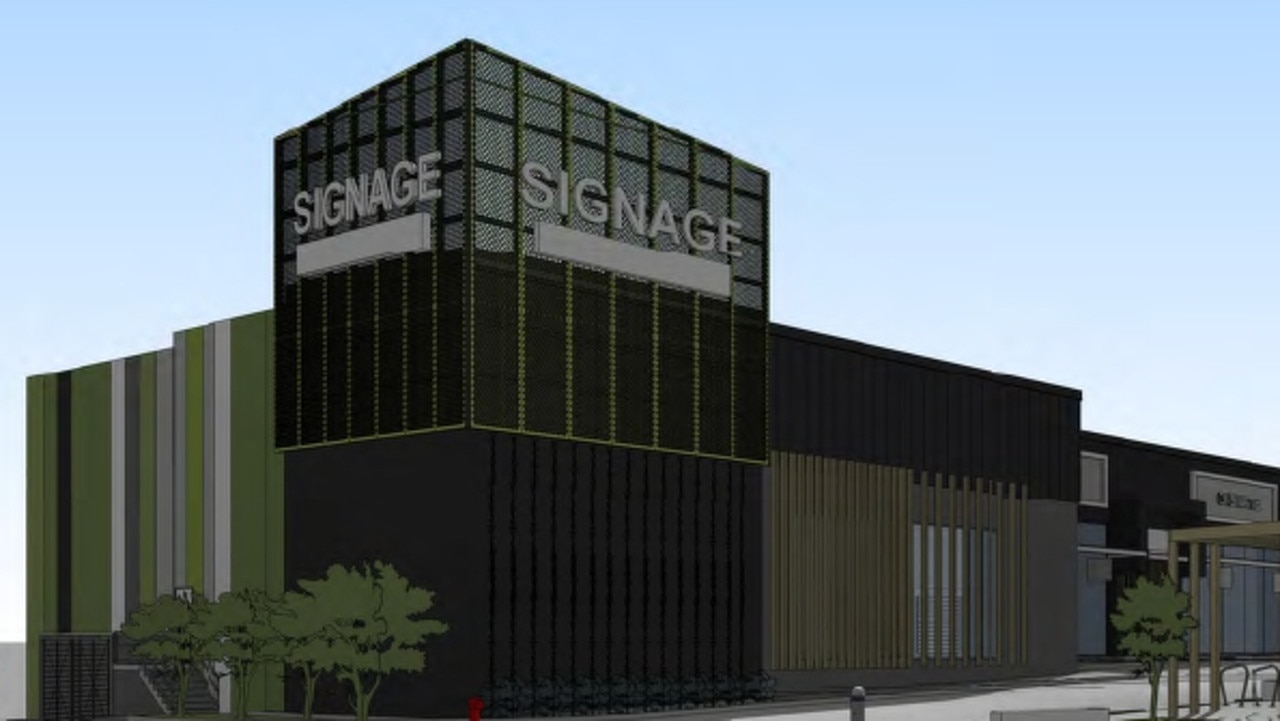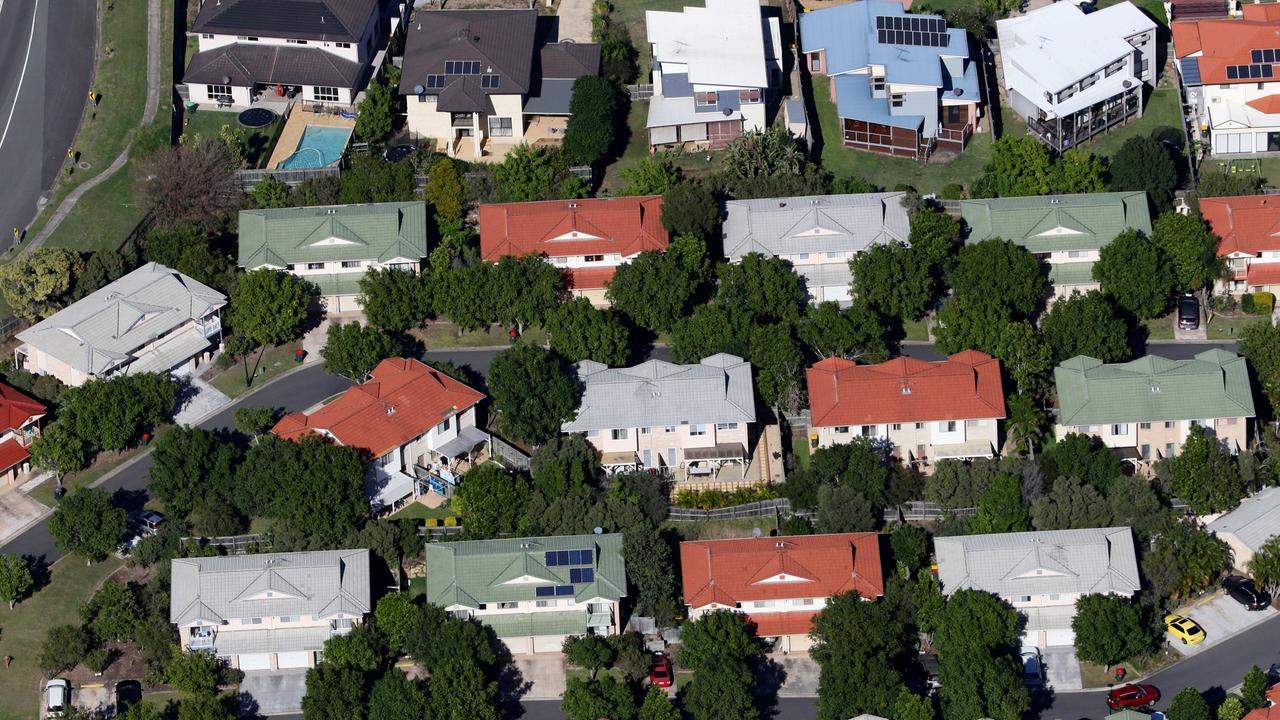Victoria housing crisis: How four straight state budgets have turned investors off Victoria
Four straight lacklustre housing budgets have turned investors away from Victoria and contributed to a more than billion-dollar plunge in the state’s stamp duty revenues.
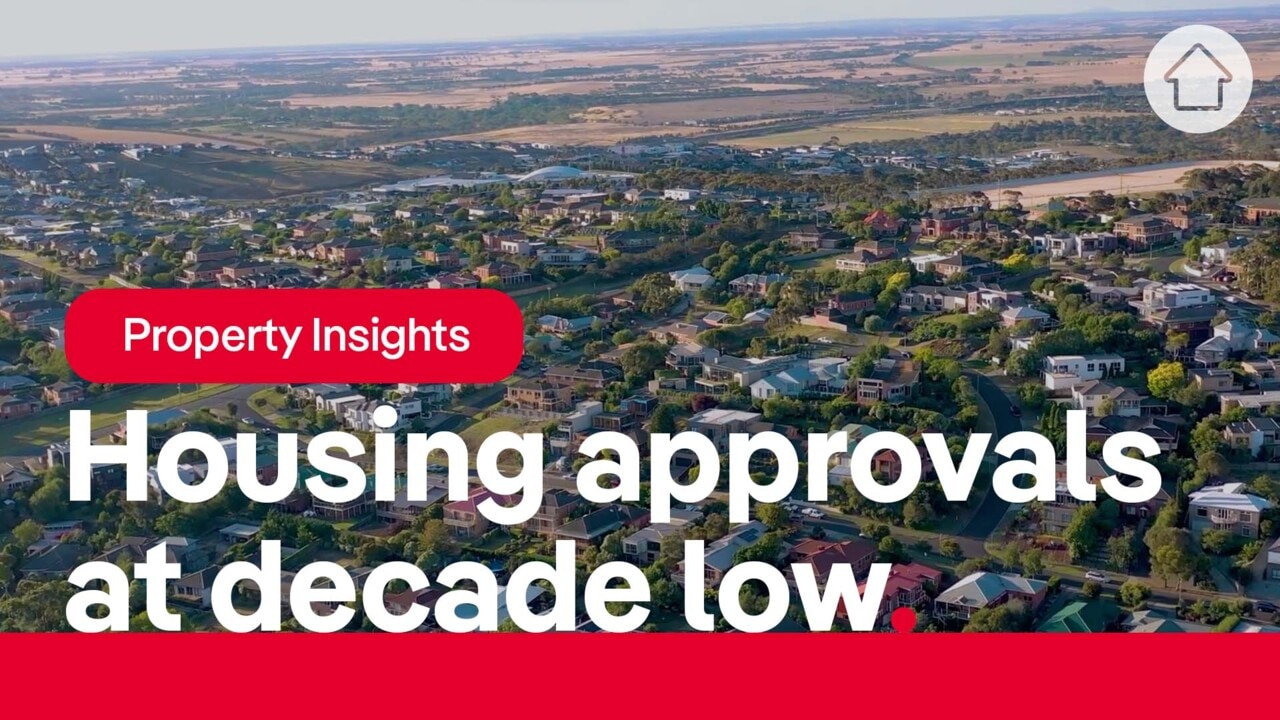
Property
Don't miss out on the headlines from Property. Followed categories will be added to My News.
Four straight lacklustre housing budgets have turned investors away from Victoria and contributed to a more than billion-dollar plunge in the state’s stamp duty revenues.
Post-pandemic policies are also being blamed for Melbourne’s worsening rental crisis and lagging housing approval numbers that have the construction sector preparing to build thousands fewer homes than in the past year.
RELATED: Vic homebuyer fund set to be dumped
Victorian stamp duty revenue falls by 16 per cent in financial year
Price of rent in every Victorian suburb mapped
With only a handful of budget bright spots since the pandemic, industry experts have warned Victoria’s housing sector is losing its appeal.

PropTrack economic research director Cameron Kusher said April listings data showed 37 per cent of all homes up for sale in Melbourne had been former rentals, up from 33.7 per cent a year ago and far above the 31.4 per cent national average.
Australian Bureau of Statistics housing finance data shows the value of lending for investment properties in Victoria in the 12 months to March had risen 12.6 per cent. But around the rest of the country that figure was 31.1 per cent, and almost 64 per cent in nation-leading Western Australia.
“In a market where rents are rising quite rapidly (Melbourne), and unit yields are at their highest level in a decade, if the government wasn’t being so punitive to investors you would be likely seeing more investors coming into the market,” Mr Kusher said.
“The last four budgets have really disincentivised people from investing in Victoria and it is really starting to come back and bite Victoria on its backside.”
The economist added that alongside 13 interest rate hikes since May 2022, the state’s policies were also likely impacting stamp duty revenues.
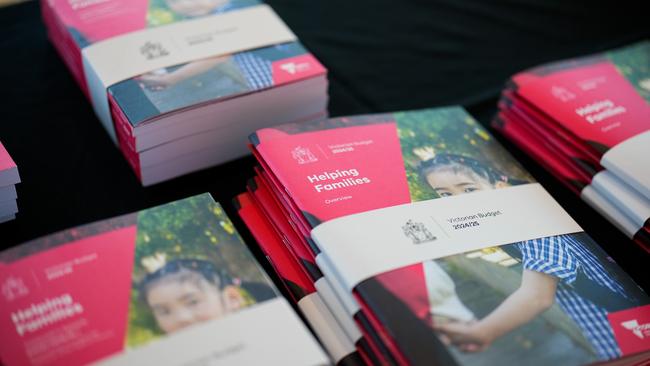
ABS figures show Victoria collected $10.722bn in stamp duty in the 2021-2022 financial year, but that record number was followed by an unprecedented fall 12 months later that wiped $1.724bn from the state’s coffers — far more than any other state.
Victorian budget papers show they’re expecting just $8.278bn this financial year, and $8.526bn in the 12 months ahead — when interest rates are forecast to decrease.
The reduction comes despite a 2021 housing tax tweak that created a new higher stamp duty threshold of 6.5 per cent for property deals above $2m.
MORE: What’s going on with Melbourne’s ‘zombie’ sites?
Real Estate Institute of Victoria president Jacob Caine said that hike had added upwards of $100,000 to the cost of a three- or four-bedroom family home in many parts of the city and effectively reduced activity in the $2m-plus price bracket — “for what is essentially just someone checking a box on a computer”.
Mr Caine said sustaining investment in the state’s property sector was “critical” given almost half its tax revenue came from the field and if it wanted to build 80,000 homes a year.
“Yet budget measures over the past three years have created the opposite effect, deterring new investors and making it harder for today’s owners to viably operate their properties.”
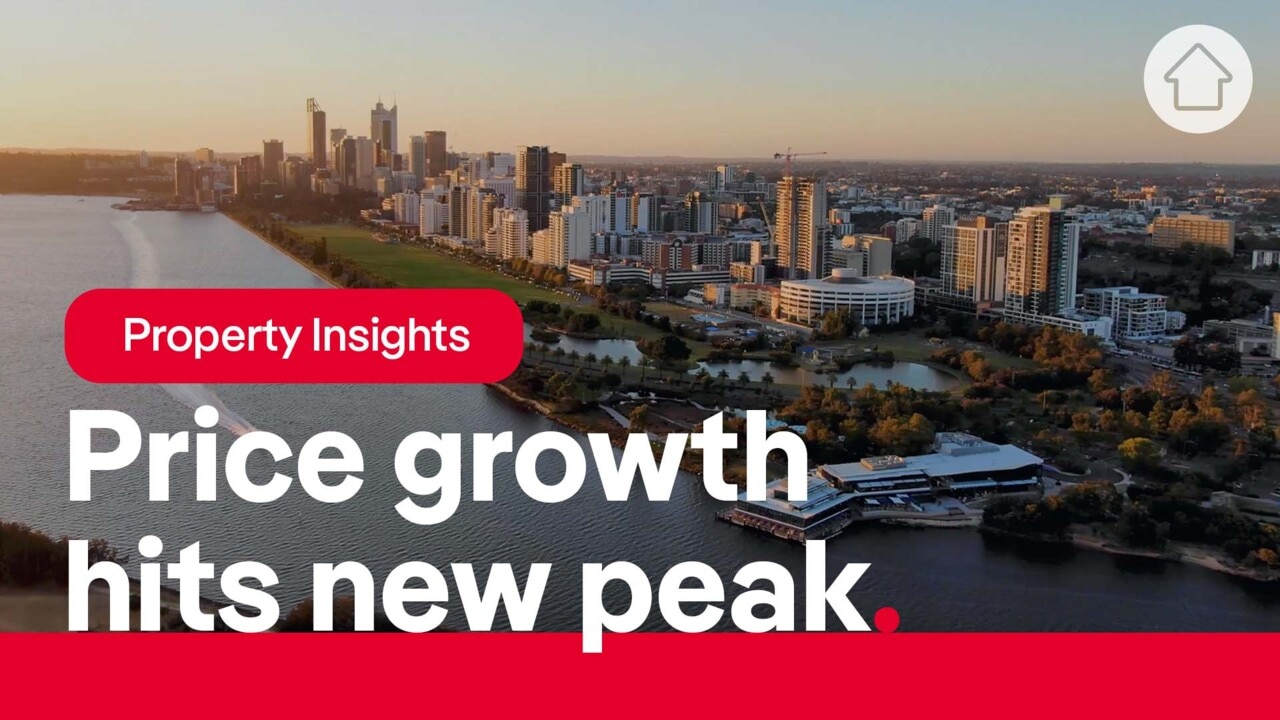
Property Council of Australia Victorian executive director Cath Evans said state tax policies needed to incentivise not discourage housing market activity, and added last year’s land tax budget tweak was causing a “disproportionate impact” on vulnerable tenants as it raised rents.
The move also coincided with a rise in sales listings for holiday home’s, which are subject to the land tax increase, and in home values falling in coastal areas — particularly along the Mornington Peninsula.
The state’s efforts to build its way out of the rental and housing crisis are also falling flat, and amid population growth causing further pain for tenants.
ABS approvals data released in April shows in the 12 months to March there were 32,324 new houses given the nod for construction in Victoria, the lowest annual total for the month in a decade and more than 10,000 fewer than the same time in 2022.
Meanwhile, the 8572 apartments approved in the same timeline is the lowest March annual total since 2009. In March 2015 the figure was more than 22,000.
Urban Development Institute of Australia Victorian chief executive Linda Allison said part of the problem was the Windfall Gains Tax, announced in the 2022 budget and put in place last year.
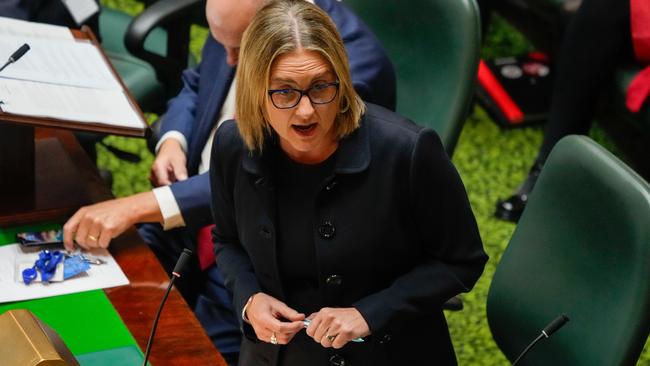
Ms Allison said it was having the “perverse effect of disincentivising development”, particularly in regional Victoria and established pockets of Melbourne where the government wants to increase housing volumes.
The tax is intended to help the government claim up to 62.5 per cent of any value added by decisions to rezone land outside of regions covered by Melbourne’s Growth Area Infrastructure Contribution.
“This is already impacting affordability in regional areas, as WGT is impacting the cost to develop, which ultimately gets passed onto homebuyers,” Ms Allison said.
“Analysis by UDIA Victoria indicates that the uplift tax on a 20-hectare site in regional Victoria will equate to a tax rate of approximately $250,000 per hectare. This is more than double the GAIC levy.”
There have been some positive policies, with the Property Council pointing to a land tax and vacant home charge discount for build-to-rent developments that has helped make Melbourne the nation’s capital for tenants-only towers.
“This has directly contributed to more than 20,000 build-to-rent homes being completed, constructed or planned,” Ms Evans said.
“We strongly believe the best way to turbocharge supply is to remove the tax burdens and examine incentives that can apply across different parts of the housing sector.”
Mr Caine said last year’s call to swap stamp duty for annual land tax in the commercial and industrial property sector had been a positive sign they might change the impost on homes too.

The Institute estimates this could lead to 90,000 more home sales a year and greater economic output as workers could more easily move closer to employment.
City of Melbourne Lord Mayor Sally Capp also lauded a 2021 initiative to boost apartment sales in the CBD in the depths of the pandemic and try to retain the city’s vibrancy.
It offered stamp duty concessions for home purchases up to $1m.
“We understand the stamp duty concession and exemptions were successful in spurring new purchases in the city, and we would welcome similar measures that aim to encourage housing construction,” Ms Capp said.
Despite industry hopes and recommendations, a return of stamp duty concessions for off-the-plan homes was not included in the state’s latest fiscal plans — but Ms Capp said they could be “the trigger to get more shovels in the ground for the 17,500 construction-ready dwellings in the City of Melbourne”.
In its first budget on Tuesday, the Allan government announced a lean program for the year ahead with the most significant funds for the housing market, $700m, set aside for renewing the Victorian Homebuyer Fund — with which the state co-buys affordable homes with those struggling to purchase.
But at the same time as announcing it, they added they would ditch it next year in favour of a more modest federal scheme.
Sign up to the Herald Sun Weekly Real Estate Update. Click here to get the latest Victorian property market news delivered direct to your inbox.
MORE: Price of rent in every Victorian suburb mapped
‘Deeply concerned’: Budget lacks ways to solve housing crisis
‘My home is my castle … literally’ Vic house guarded by a dragon

